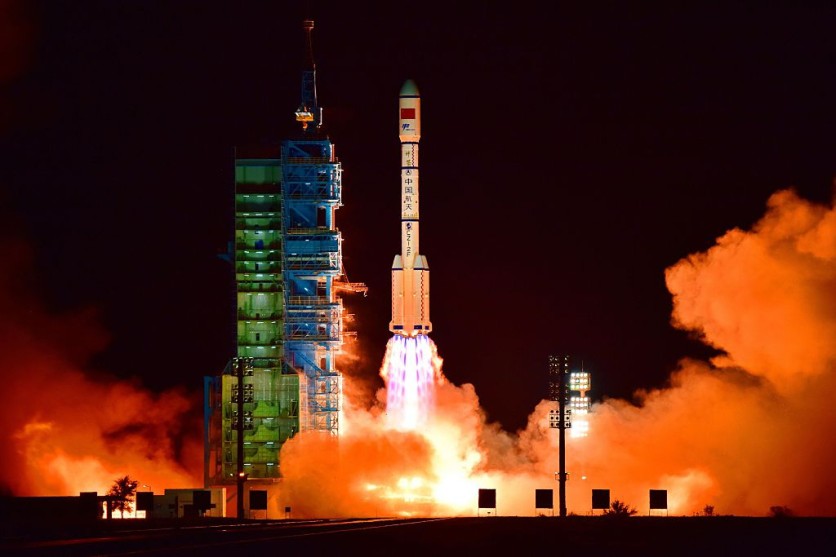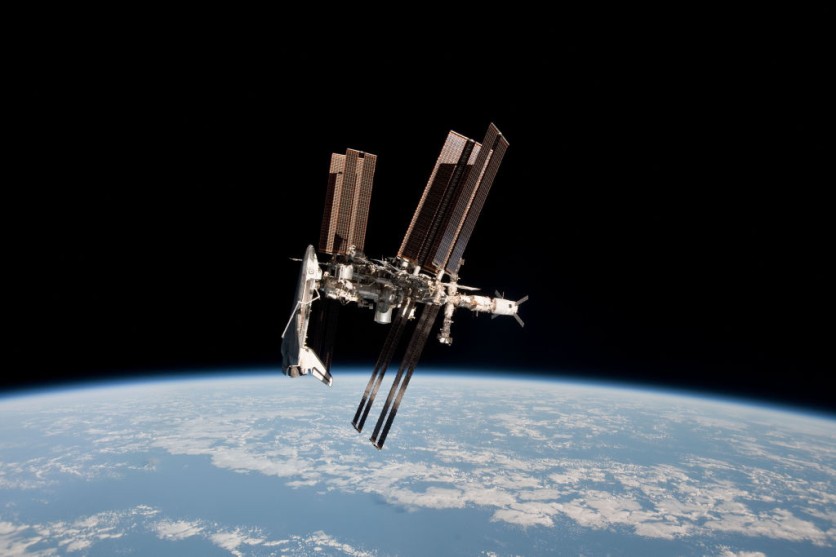China's Tiangong Space Station achieved 100% oxygen regeneration, as claimed by Chinese officials.

If this is true, then Chinese space travelers (aka taikonauts) will be able to stay in the Tiangong Space Station without the need of getting oxygen supplies from Earth.
A Chinese official shared this space achievement during a conference that was held in Harbin City, northeast China's Heilongjiang.
CGTN reported that the event happened on Thursday, Apr. 13.
China's Tiangong Space Station Achieves 100% Oxygen Regeneration
According to Interesting Engineering's latest report, the Tiangong Space Station was able to achieve 100% oxygen regeneration using its onboard oxygen regen technology.

"At present, the six systems are in stable operation, with 100 percent of the oxygen resources regenerated and 95 percent of the water resources recycled," said Bian Qiang.
Qiang, the director of the environmental control and life-support engineering office under the Astronaut Center of China, added that these systems lessen the need for supplies from Earth by six tonnes per year.
Tiangong Space Station's system has six sub-systems that have different operations. These include carbon dioxide removal, water creation (using carbon dioxide and hydrogen), and oxygen regeneration.
Tiangong's Advancements
Bian said that the Chinese space station's system is one of the most advanced space technologies in the world.
Aside from the oxygen regeneration system, China also plans to add a new orbital module to its Tiangong Space Station.
This additional module will connect three other modules. Once this happens, the Chinese space laboratory will be transformed from being a T-shaped space station into a cross-shaped one.
You can click this link to learn more about the advancements China is doing for its space station.
In other news, the ESA JUICE mission will soon find life on Jupiter's moons. We also reported about NASA Juno mission's 50th orbit around Jupiter.
For more news updates about space stations and other related topics, always keep your tabs open here at TechTimes.
Related Article : China Claims Successful Rocket Vertical Landing at Sea-Did It Happen?

ⓒ 2025 TECHTIMES.com All rights reserved. Do not reproduce without permission.




